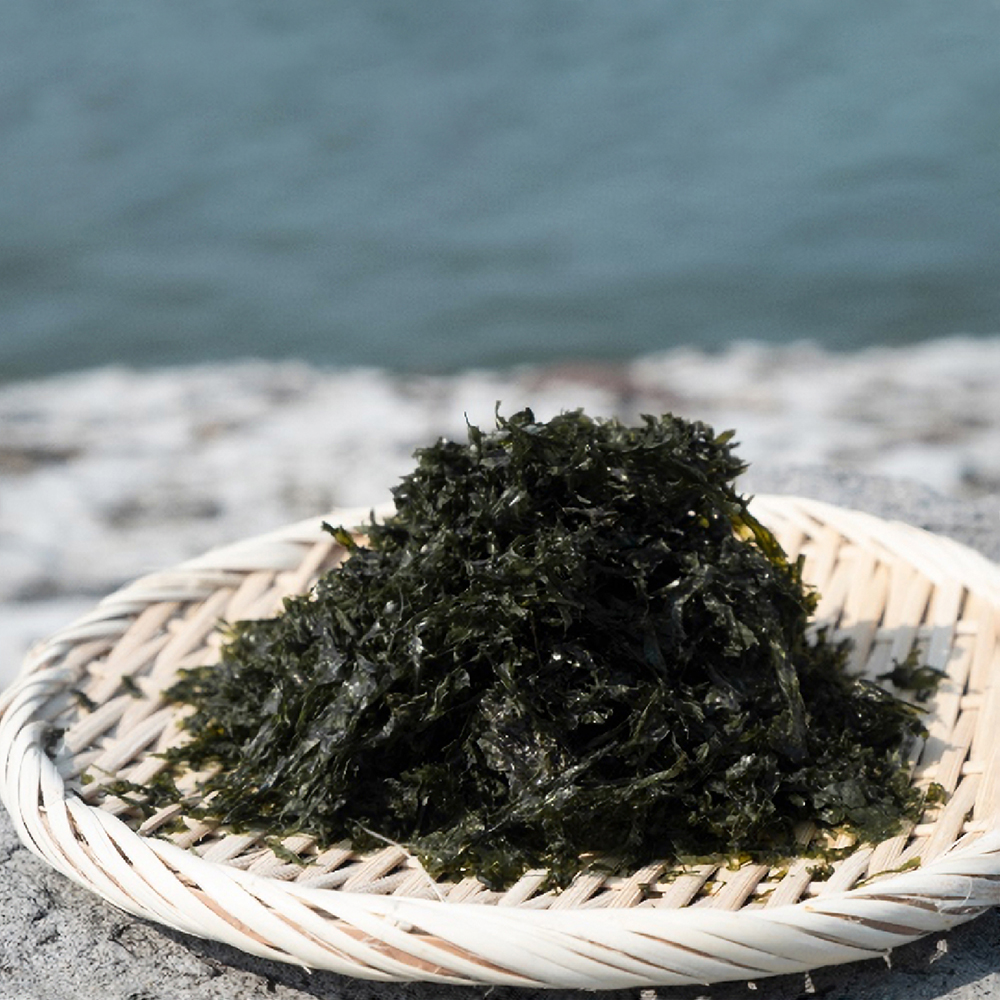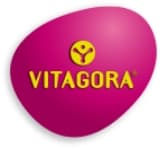Separated dried seaweed
-
- Optimum time (season)
- December - March
-
- Shelf life/consumption date
- 12 months
-
- Quantity
- 100 g / 10 g
-
- Suggested retail price
(tax included) - 3,780 yen / 486 yen
- Suggested retail price
-
- Quantity (box/case)
- 200 bags
-
- Storage temperature range
- Room temperature
-
- Minimum case delivery unit
- 1 box (*adjusted flexibly)
-
- Case size (Weight)
- L 650 x W 400 x H 470 mm (9 kg)
-
- Certification / Approval of
Certification Body
(product, factory, etc.) - Certified "Kosher" religious food for Jews
- Certification / Approval of
- Product features
-
Spécificités du produit (Qualités organoleptiques/nutritionnelles, origine géographique, méthode de fabrication spécifique)
Product features (information about taste and nutrients, special production/manufacturing methods/specialties of the production location)
Separated dried seaweed is a type of dried seaweed that is dried in its original form, without being sliced into sheets.
○○Place of origin
Seaweed is now consumed all over the world. The origin of seaweed cultivation is Kumamoto Prefecture. Our seaweed is cultivated in the Ariake Sea off the coast of Kumamoto Prefecture. In particular, sea around Kumamoto City's Nishi Ward, where the subterranean waters of Mt. Aso and Mt. Kinpo flow, is rich not only in nutrients from sea but also in minerals from mountains. Rich nutrients and unique tidal range of up to 6 meters in the Ariake Sea make it a very suitable environment for seaweed cultivation.
○○Aquaculture
The seaweed is carefully cultivated using a method called the "pole method" that maximizes tidal variation. For several hours every day, the seaweed floats completely out of the sea and is bathed in sunlight, which not only makes it resistant to disease but also concentrates its flavor.
○Drying
Drying seaweed in its original form does not damage the cells of the seaweed and retains its flavor to the maximum extent possible.
○Nutrients.
Seaweed contains high levels of protein, dietary fiber, vitamins, calcium, EPA, beta-carotene, and amino acids.
- Instructions/advice on how to use and to eat.
-
Mode de consommation / Suggestion d'utilisation (Instructions/advice on how to use and to eat.)
Les algues nori peuvent être utilisées de diverses manières, par exemple saupoudrées sur une soupe de miso, un bouillon ou des pâtes, ou mélangées à du beurre ou du fromage pour ajouter de la saveur et du goût.
It can be sprinkled on top of miso soup, soup stock, pasta, or mixed with butter or cheese to add flavor and taste.
The best way to use it is to sprinkle a pinch of it directly on soup just before eating. If adding a little more, it will make the soup more fragrant and instantly turn it into a high quality dish.
Ariake Nature's Nori Co.,Ltd
-
- Name of Representative
- Representative Shingo Hayashi
-
- Number of employees
- 0(5 board members)
-
- Company Location
- 3-20 Chibajo-cho, Chuo-ku, Kumamoto City, Kumamoto Prefecture Chibajo Building II-101
-
- Factory Address
- 2251-1 Sumiyoshi-cho, Uto City, Kumamoto Prefecture
-
- Contact Person
- Shingo Hayashi
-
- E-mail address
- hayashi.shingo@e-inc.co.jp








